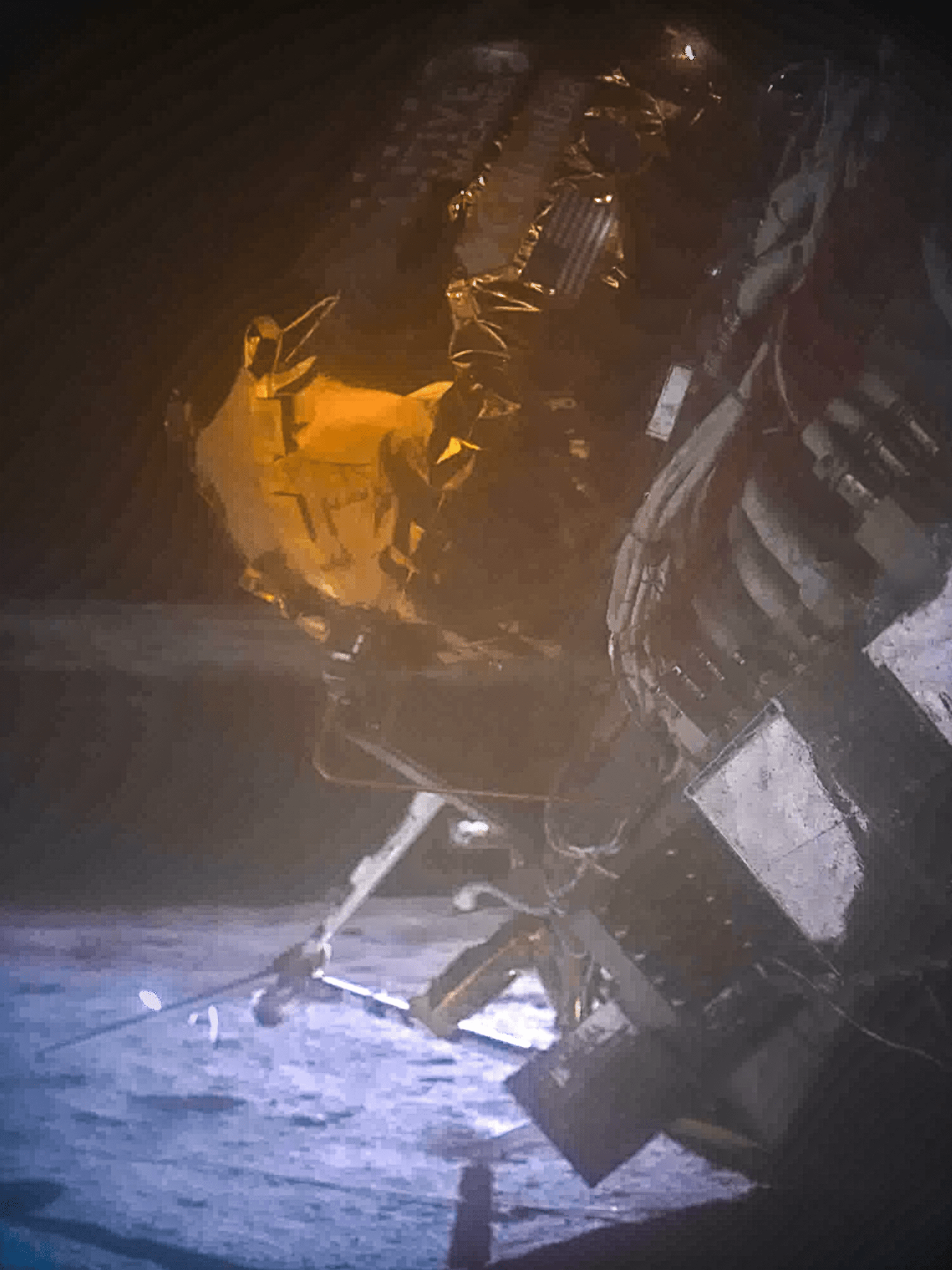2024-03-15 NASA
<関連情報>
- https://science.nasa.gov/get-involved/citizen-science/nasa-volunteers-find-fifteen-rare-active-asteroids/
- https://iopscience.iop.org/article/10.3847/1538-3881/ad1de2
活動小惑星市民科学プログラム: 概要と最初の成果 The Active Asteroids Citizen Science Program: Overview and First Results
Colin Orion Chandler, Chadwick A. Trujillo, William J. Oldroyd, Jay K. Kueny, William A. Burris, Henry H. Hsieh, Jarod A. DeSpain, Nima Sedaghat, Scott S. Sheppard, Kennedy A. Farrell ,+
The Astronomical Journal Published:2024 March 14
DOI:10.3847/1538-3881/ad1de2

Abstract
We present the Citizen Science program Active Asteroids and describe discoveries stemming from our ongoing project. Our NASA Partner program is hosted on the Zooniverse online platform and launched on 2021 August 31, with the goal of engaging the community in the search for active asteroids—asteroids with comet-like tails or comae. We also set out to identify other unusual active solar system objects, such as active Centaurs, active quasi-Hilda asteroids (QHAs), and Jupiter-family comets (JFCs). Active objects are rare in large part because they are difficult to identify, so we ask volunteers to assist us in searching for active bodies in our collection of millions of images of known minor planets. We produced these cutout images with our project pipeline that makes use of publicly available Dark Energy Camera data. Since the project launch, roughly 8300 volunteers have scrutinized some 430,000 images to great effect, which we describe in this work. In total, we have identified previously unknown activity on 15 asteroids, plus one Centaur, that were thought to be asteroidal (i.e., inactive). Of the asteroids, we classify four as active QHAs, seven as JFCs, and four as active asteroids, consisting of one main-belt comet (MBC) and three MBC candidates. We also include our findings concerning known active objects that our program facilitated, an unanticipated avenue of scientific discovery. These include discovering activity occurring during an orbital epoch for which objects were not known to be active, and the reclassification of objects based on our dynamical analyses.


